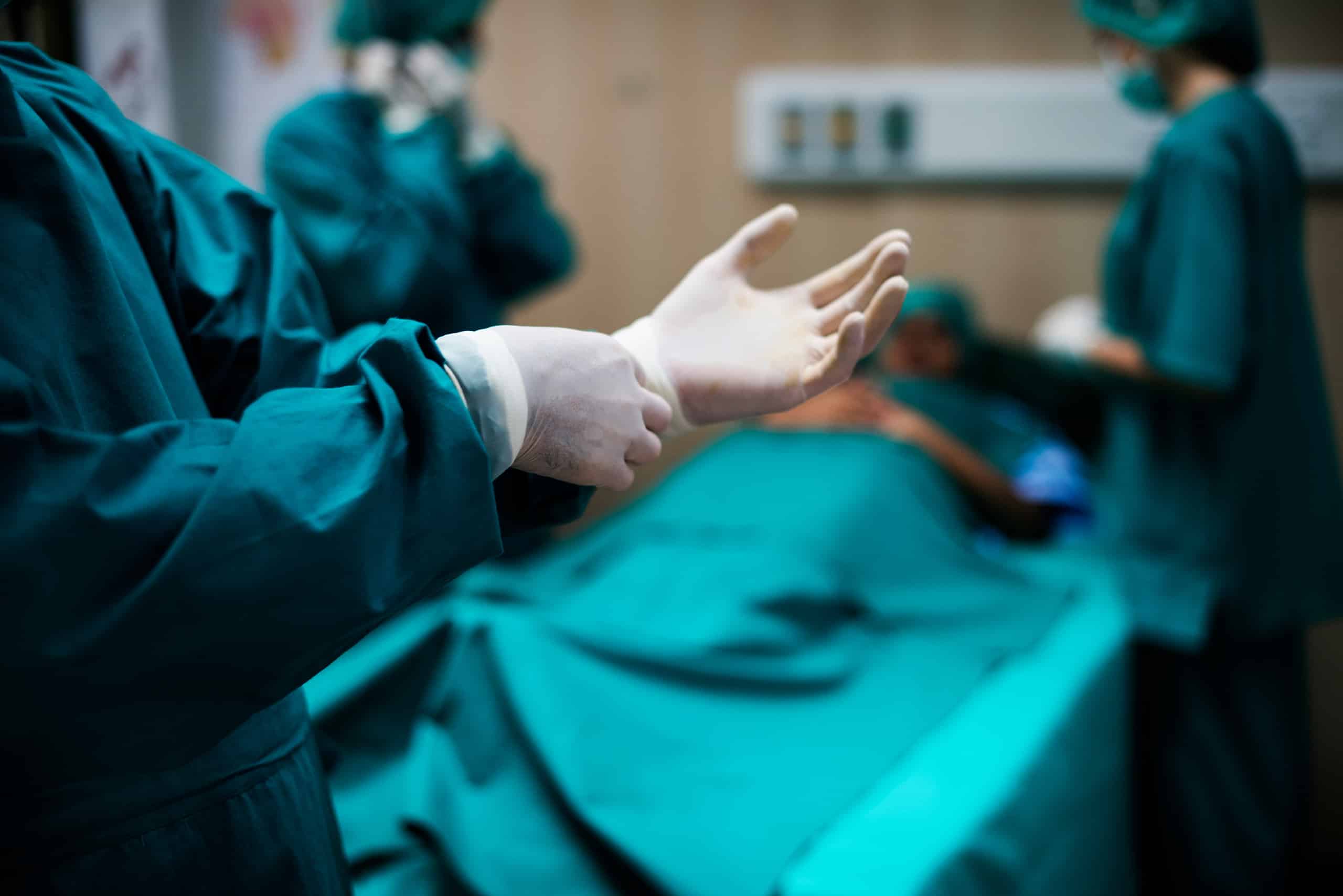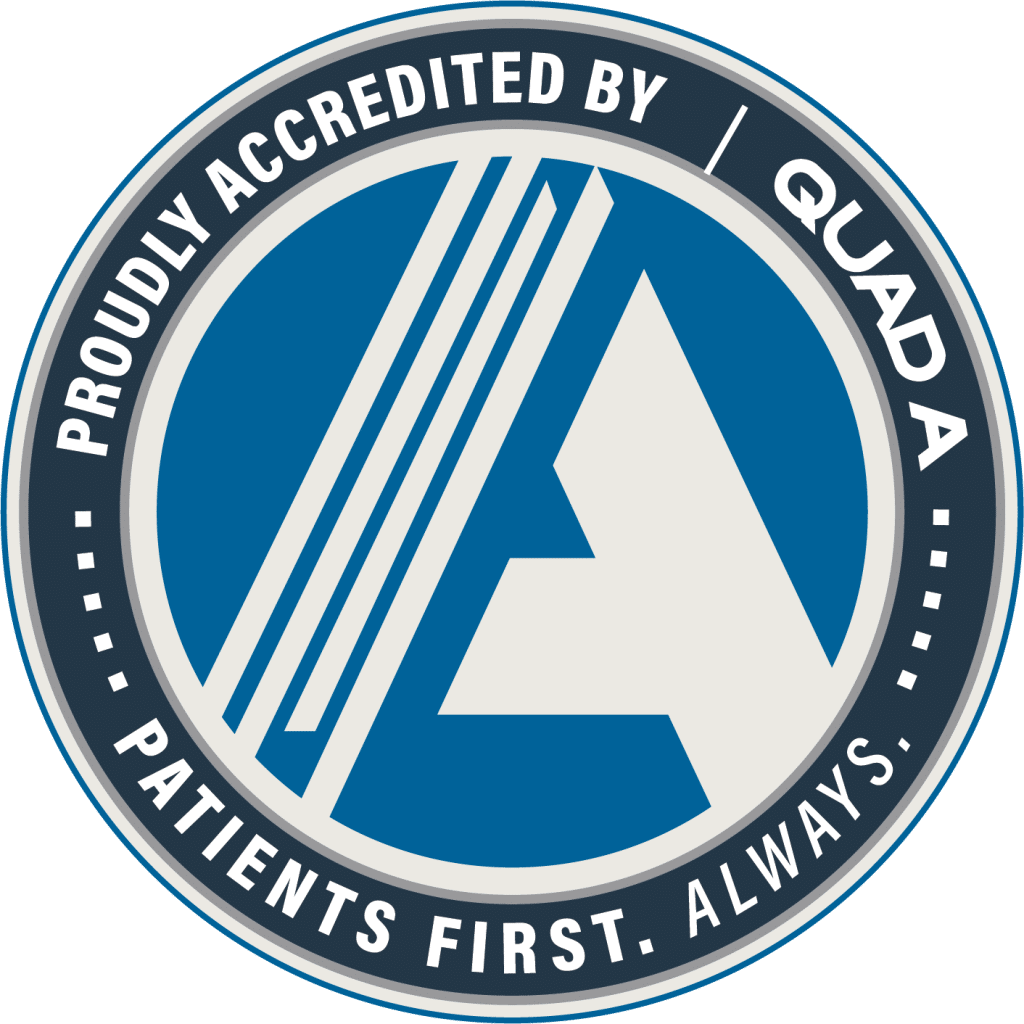Varicose Vein Treatments by Specialist at Los Angeles Clinic


At VCSLA, we’re committed to making the diagnostic process simple, comfortable, and tailored to your needs. Here’s how we evaluate varicose veins:
We’ll take the time to examine your legs and listen to your concerns.
This non-invasive test helps us understand how your blood is flowing and identify any underlying valve issues or blockages.
We’ll discuss your symptoms, lifestyle, and goals to create a care plan that’s just right for you.
Treatment Options
The great news is that varicose veins can be treated effectively with a range of options designed to fit your needs and lifestyle.

01
Lifestyle Modifications
Simple steps like wearing compression stockings, elevating your legs, staying active, and maintaining a healthy weight can ease symptoms and prevent further progression.

02
Minimally Invasive Treatments
Endovenous Laser Ablation (EVLA): A minimally invasive procedure using laser energy to seal the affected vein and redirect blood flow to healthier veins.

03
Surgical Options
For more severe cases, procedures like vein stripping or phlebectomy may be recommended. These options are effective for removing or closing off problem veins.

04
Ongoing Care
We’re here to support you with follow-up care to keep your veins healthy and ensure lasting results.
Varicose veins don’t just change the way your legs look; they can also bring discomfort and impact your day-to-day life. Here’s what you should know:
Risk Factors
Several factors can elevate the risk of developing an aneurysm:
- Age
- Lifestyle
- Gender
- Family History
- Obesity
- Previous Blood Clots or Injuries
Symptoms
- Enlarged, twisted, or bulging veins, often blue or purple in color.
- Aching, heavy, or tired legs, especially after long periods of standing or sitting.
- Swelling in the ankles or feet.
- Itching or burning sensations near the affected veins.
- Skin discoloration or thickening around the ankles.
- Pain that worsens after prolonged activity or standing.
The team at VCSLA is incredible! They took the time to explain my treatment options and made me feel completely comfortable. I’m grateful for their expertise and compassionate care.
Mei Saeng
Beverly Hills, CA
Dr. Cheung and Dr. Lin are truly experts. They guided me through every step of my procedure, and the results have been life-changing. I feel healthier and more confident than ever!
Michael Thompson
Anaheim, CA
From the first consultation to my follow-up appointments, the entire experience at VCSLA has been exceptional. The staff is attentive, and the doctors genuinely care about their patients.
Cynthia Gutiérrez
La Jolla, CA
Our commitment to excellence in vascular health is backed by our team’s extensive credentials, advanced treatment options, and a proven history of successful outcomes. From state-of-the-art technologies to compassionate, personalized care, we prioritize your well-being at every step of the journey.
- Board-certified specialists with decades of combined experience in vascular care.
- Proven success stories with patients experiencing improved mobility, faster healing, and better quality of life.
- Cutting-edge diagnostic and treatment technologies tailored to your specific needs.

Our expert team is here to provide personalized care and advanced treatment options tailored to your unique needs.
Schedule your consultation today and take the first step toward better vascular health.